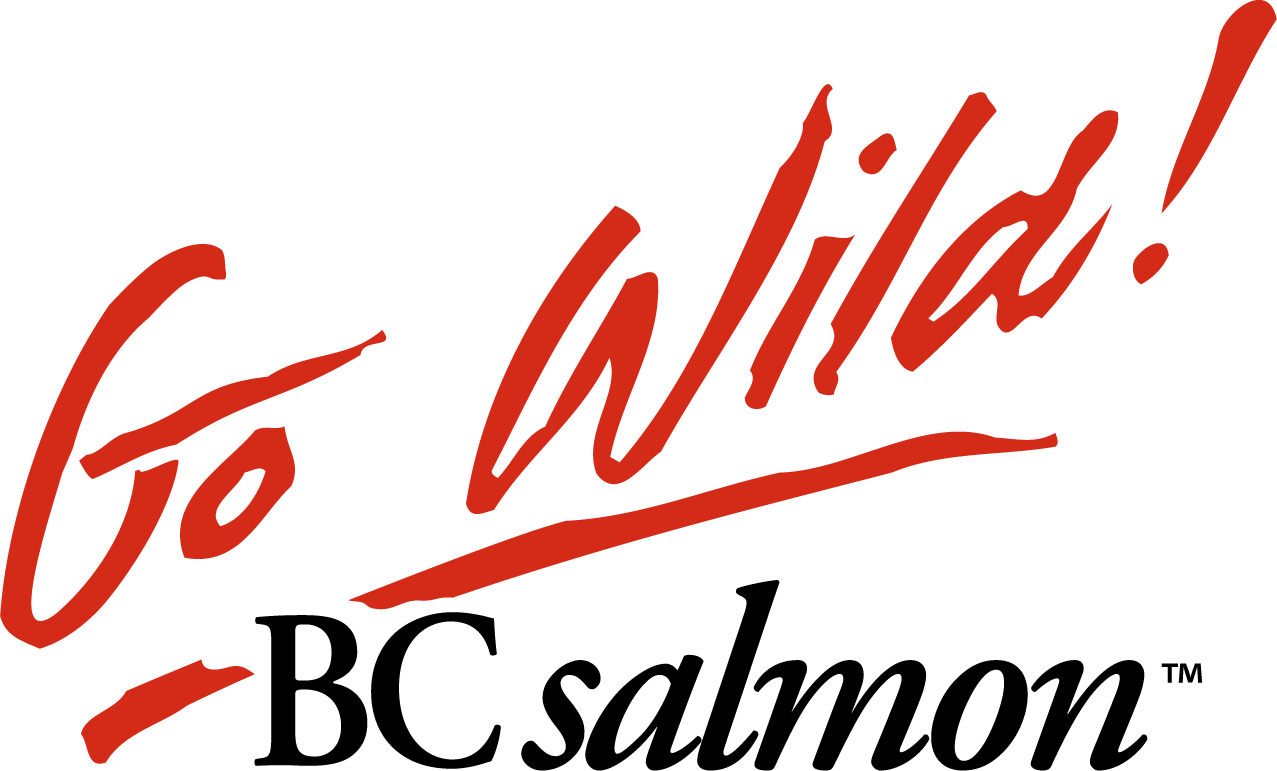Markets & Value
Wild BC salmon continues to play an important role in BC’s economy and delights consumers in a growing number of global markets.
The annual landed value (the value garnered for the fish on the day they are offloaded from a vessel) of wild BC salmon varies according to the total volume of salmon harvested each year. More importantly, the volume of each particular species harvested can have even more of an effect on the annual landed value since each species generates a different level of revenue. For example, sockeye produces the highest value, followed by chinook and then chum.
During the last decade, wild salmon has contributed an average of 12.7% of the landed value and 11.7% of the volume of wild seafood caught in BC. In recent years the wholesale value of wild salmon products has ranged between $150 Million and $250 Million. These large swings are caused by dominant years of Sockeye salmon runs, generally every 4 years (e.g. 2010 and 2014) versus lower value years when most species are at lower abundance.
While wild BC salmon is savoured in all product forms by seafood lovers in British Columbia and other parts of Canada, it is also prized by consumers in markets all around the world. In fact, between 2008 and 2012, BC exported wild salmon to 53 different countries generating an average export value (the total cost of the salmon after it is processed and sold internationally) of $100 million, in 2012 dollars. The United States accounted for the highest export value, followed by Japan and the United Kingdom. Other key export markets include Australia, China, Hong Kong and many countries in the European Union such as Germany, France, Belgium and Italy.

